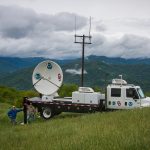
Mountaintop radar


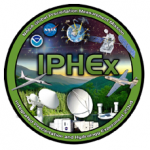
Through June, NSSL is partnering with the Integrated Precipitation and Hydrology EXperiment (IPHEX) to understand warm season precipitation caused by complex terrain in the area, and the relationship between precipitation patterns and hydrologic processes.
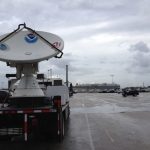
NOAA, NASA and the University of Connecticut are representing the United States in the Hydrological Cycle in the Mediterranean Experiment (HyMeX), the largest weather field research project in European history.
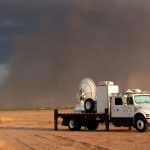
NSSL has a ten-year cooperative research venture with the Salt River Project (SRP), an Arizona power and water utility, to develop weather decision support tools for the company’s power dispatch, transmission operations, and water diversion.
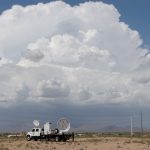
NSSL’s dual-polarized mobile Doppler radar was used to study the skies during dust storm events in Arizona.

Seven destructive tornadoes struck Oklahoma on May 24, 2011. The tornadoes were well forecast by the National Weather Service (NWS), and NSSL was in position to capture the storms in several ways.
Dual-polarized weather radar can estimate the number of bats in a swarm similar to the way it can estimate the number of raindrops in a cloud.

NSSL deployed the NOAA X-Pol mobile radar in southwestern Colorado over the weekend as part of the Southwest Colorado Radar project to collect data on snowfall in the area. The project continues through the end of February, 2011.
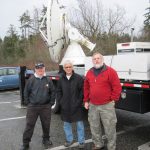
Researchers from NSSL’s Radar Research and Development Division are perfecting their radar relay handoff as they rotate through Birch Bay, Washington to operate the NOAA-Xband dual-POLarized (NO-XP) mobile radar in support of the 2010 Winter Olympic and Paralympic Games.
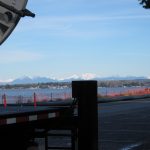
The NO-XP team enjoys the view of the Canadian Rockies from Birch Bay, Washington. They are using the radar to support weather nowcasting for the Cypress Mountain venue at the 2010 Winter Olympic Games.